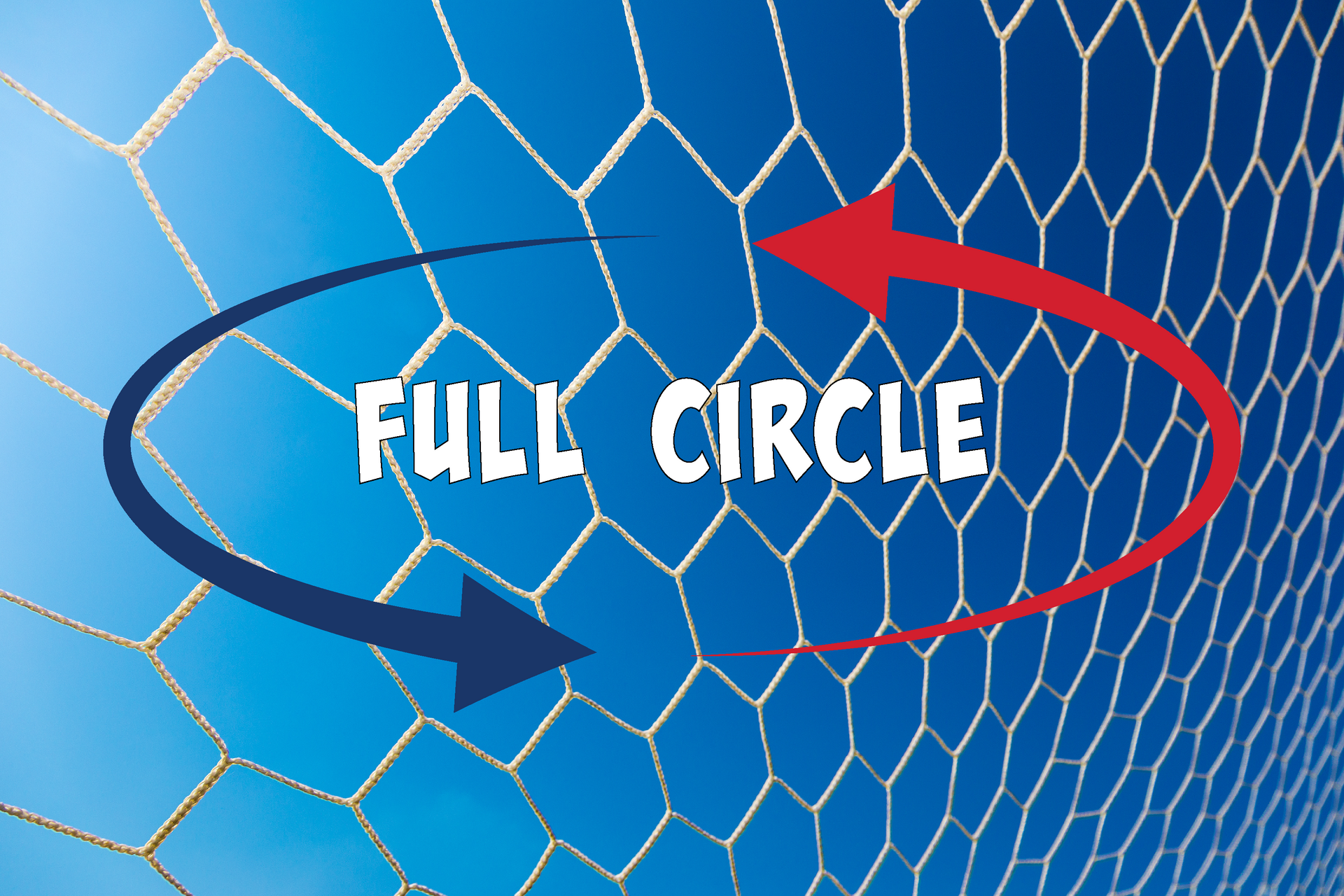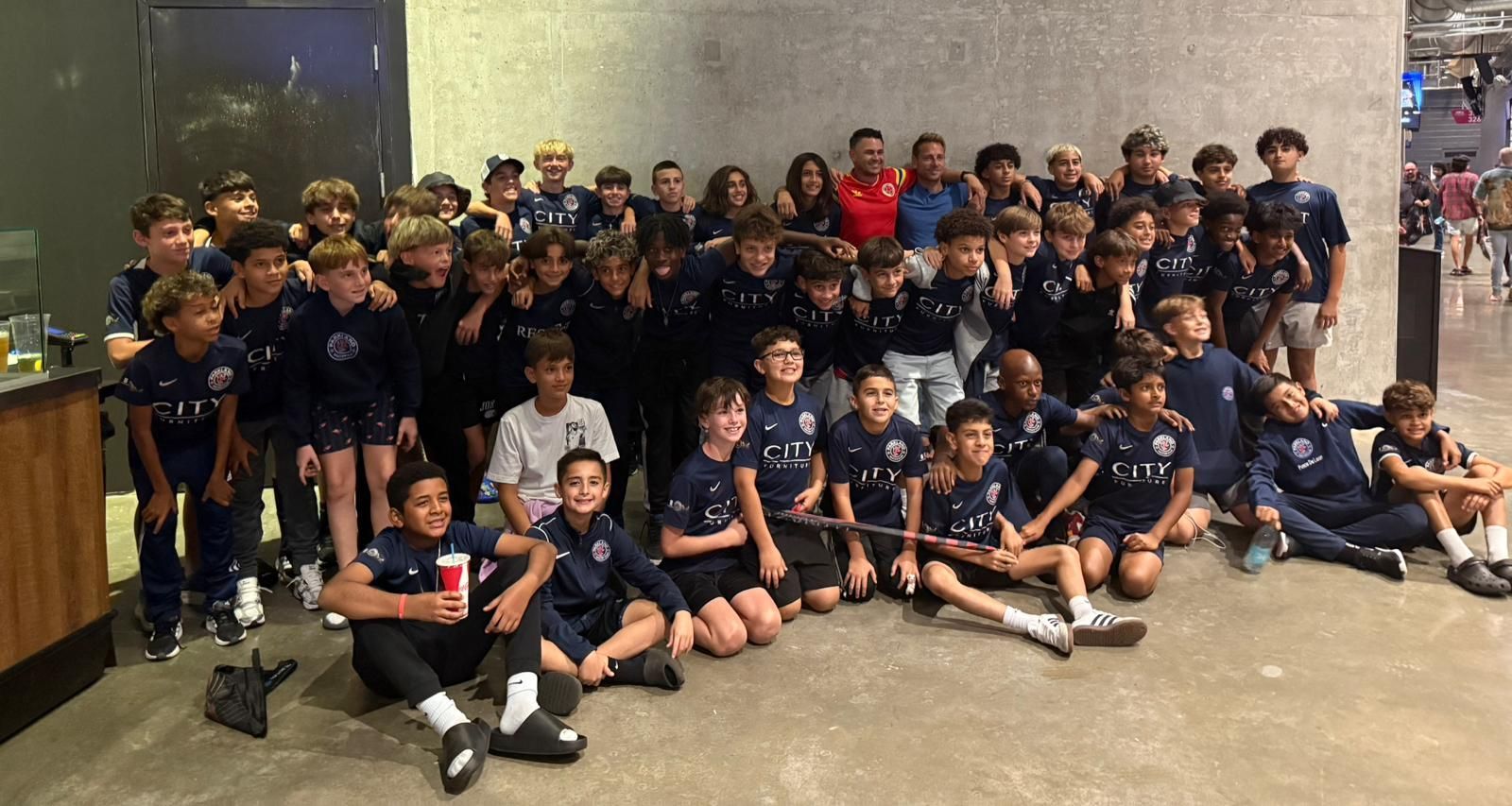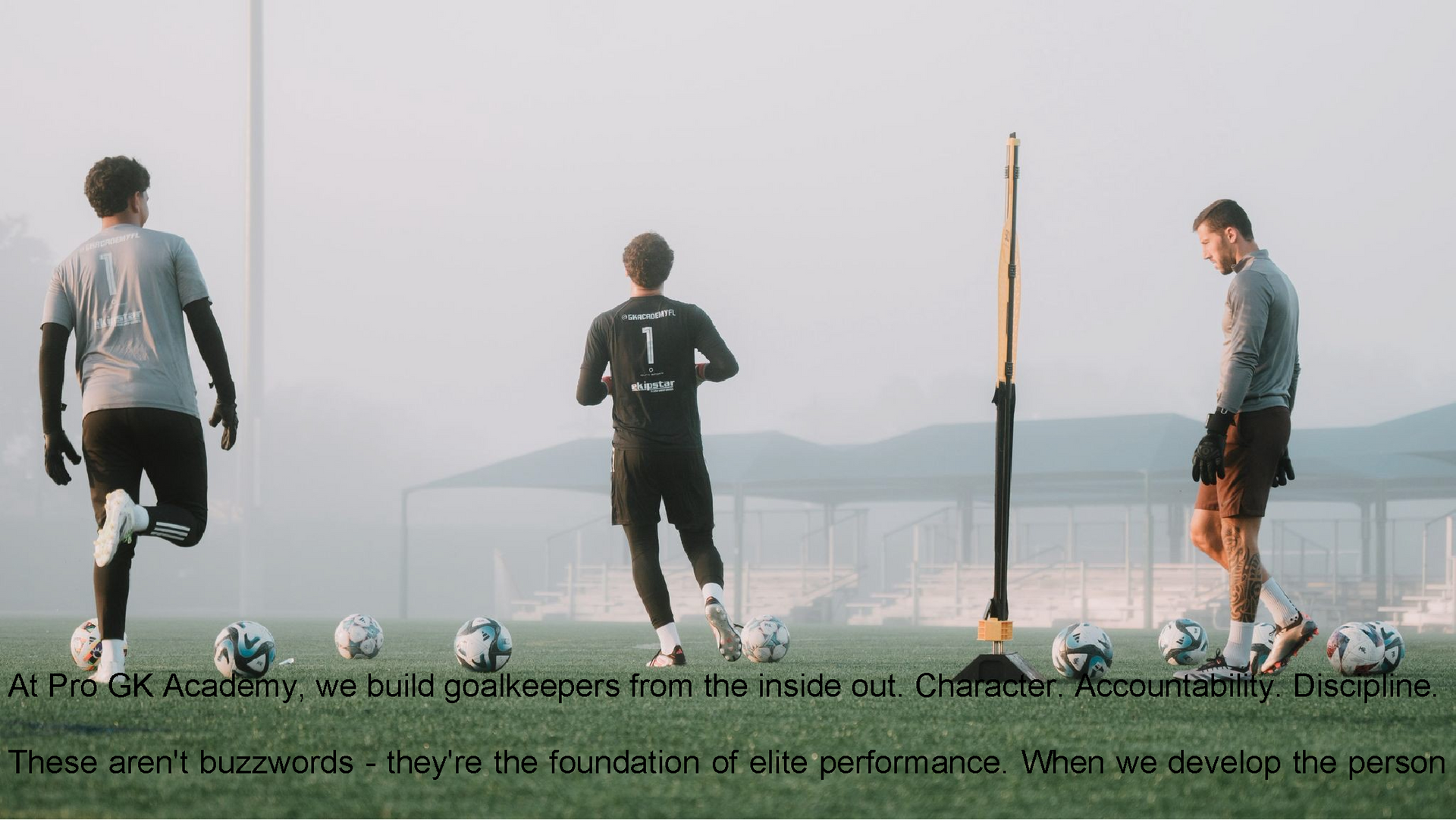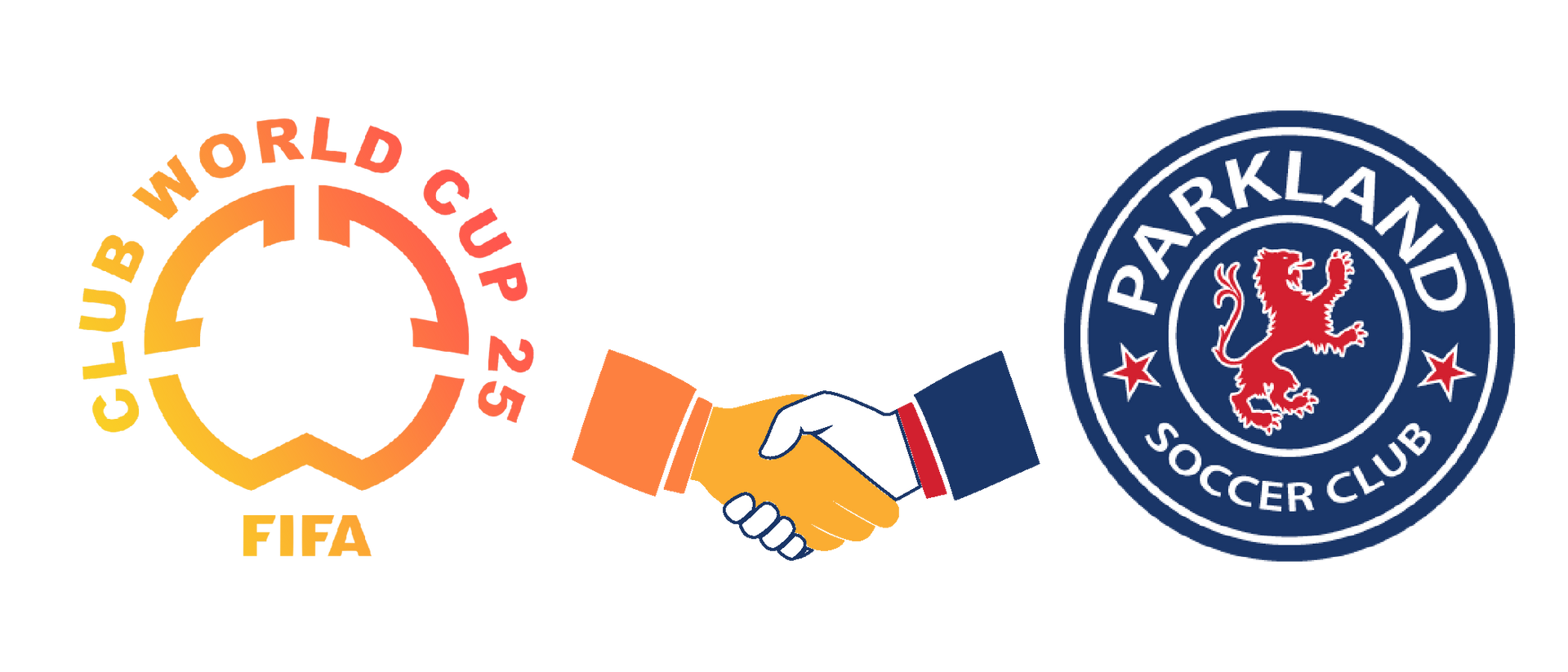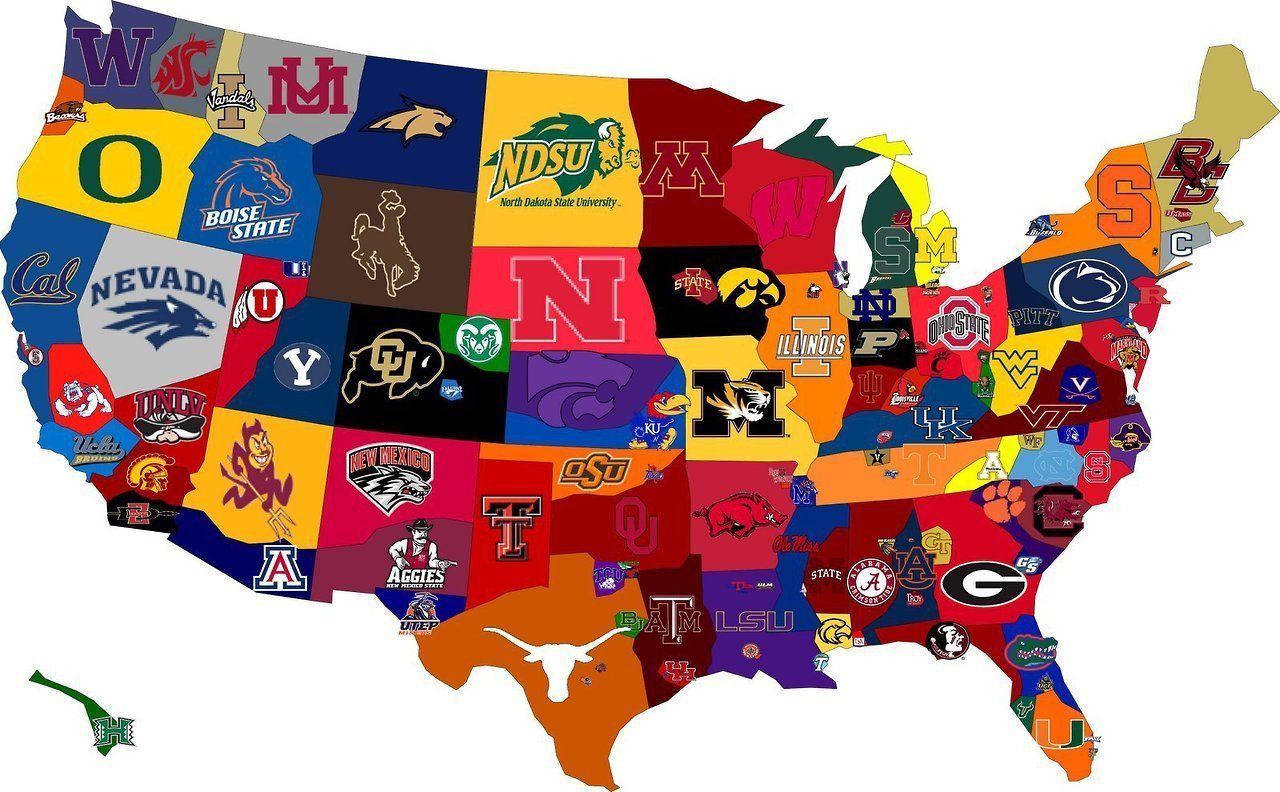“Committed” to the Next Level
PSC’s College Recruitment Success and Vision Forward
by Jona Andrade, Director of College Recruitment

Parkland Soccer Club’s college pathway is gaining steady momentum—built on the everyday work of players, families, and coaches. Three seasons ago there were no commitments, two seasons ago there were four, and this last cycle brought seven. The trend is encouraging, and the focus now is simple: keep opening doors and help even more PSC athletes find their best college fit in 2025–26.
Our own Parkland Soccer Club players from the 2024–2025 season are on the way to play collegiate soccer this upcoming 2025 season at various colleges around the country. These players have shown to be exceptional club players on and off the field who have been great examples of what a PSC player should look like and will now represent our club values at the highest level.
The PSC Edge: Productive Recruit, built for visibility
At PSC we’ve turned recruiting chaos into a clear plan by giving all high‑school–aged players access to Productive Recruit, the club’s one‑stop platform for getting seen. Player profiles house academics, measurables, and positions alongside highlight reels and full‑game film; schedules live there, too, so coaches can find you without a scavenger hunt. Just as important, each profile doubles as a program explorer—players can search colleges nationwide and pull the key info that makes choosing a school faster, smarter, and less stressful.
Before we dive in: what this journey really takes
The college soccer recruitment process can feel equal parts exciting and daunting. It rewards skill, strategy, and persistence. What follows is a streamlined guide to standing out, understanding how coaches evaluate, and timing your moves. PSC’s role? To walk with you; tools, education, and support at every step.
The Playbook
- Know the landscape—and your ceiling
Start with fit, not fame. DI is high‑octane soccer with heavy travel and, at some programs, full athletic scholarships. DII blends rigorous soccer with a balanced academic load and frequent partial scholarships. DIII leads with academics (no athletic scholarships, but strong academic/need‑based aid). NAIA and NJCAA add flexible pathways for late bloomers or two‑year bridges. The best level is where you’ll play, grow, and graduate. Weigh style of play, depth at your position, majors, travel, and whether the program is contending or rebuilding. Remember: DI/DII isn’t automatically “best”; the right fit is. - Start early, show real gains
This doesn’t happen overnight. Freshman–sophomore years are for foundations—first touch, weak foot, scanning, pressing cues; speed, strength, mobility; and transcripts that hold up. Junior year is about visibility: competitive high‑school programs, strong leagues, meaningful tournaments, consistent film. Keep your Productive Recruit profile current after every showcase; momentum loves receipts. - Create a highlight reel and profile that pop
Coaches decide fast whether to keep watching your reel or not. Keep the reel 3–4 minutes with your best actions up top. Show decisions, line‑breaking passes, defensive duels, pressing moments, combinations, set pieces, transition runs—and add simple context (position, opponent, match situation). Pair your reel with a complete profile: academics, roles, measurables, references, upcoming schedule. Keep jersey number and position consistent across everything. - Go where coaches gather—showcases and college camps
You need the right eyes on the right day. Showcases (including ECNL events) put you in competitive games that matter. College‑run ID camps let staffs evaluate coachability and fit. PSC’s annual ID camps routinely draw 20+ college coaches across divisions—real eyes, real feedback, real chances. Pro tip: publish and update your game and camp schedules on Productive Recruit so coaches can plan to see you live. - Communicate like a team prospect, not a spam bot
Lead with fit. Email why their program makes sense for you, link your Productive Recruit profile and reel, and include your next two or three match windows (date, field, kickoff, jersey number). Keep social media clean and useful—clips that show growth, not noise. If you’re invited for a visit, use it to read the culture (facilities, team vibe, academic support) and follow up with a brief, professional thank‑you and next steps. - Understand the timeline—but run your race
Freshman/Sophomore: build and gather film. Junior: conversations pick up; showcases and camps bite harder. Senior: decisions crystallize—some early, some late. Stay engaged, widen options without drifting from your priorities, and keep improving. The only bad timeline is quitting on progress. - Make the decision—choose fit over logo
Four years beats four letters. Check the coaching philosophy and your role, the pathway to minutes and school policies, how freshmen are integrated, academic fit (majors, internships, tutoring), and campus life (size, location, housing). Be honest about your core four: minutes, development, academics, affordability. - Money matters—scholarships and financial aid
Most packages are mosaics. Athletic aid can be full or partial; academic merit and need‑based aid often close the gap. File required forms on time, ask about multi‑year scholarship policies, renewal criteria, and chances to increase academic aid as you perform. - Stay focused—the commitment
Recruiting can be long and stressful; keep your edge on the field and in the classroom. Once you commit, the real work starts: arrive prepared, coachable, and ready to grow. With steady preparation and the right mindset, commitment isn’t a finish line—it’s your launch ramp.
Why this feels different
PSC isn’t just telling their players “get recruited” from the sideline and calling it a day. The club is putting tools in your players’ hands, stacking reps and access, and pairing it with a calendar that actually brings coaches to you. The outcome is predictable in the best way: more conversations, more offers, and a rhythm of commitments that turns hopeful into expected.
The Final Whistle
From zero to four to seven, PSC has built a blueprint—and the next number in sight is 12, with the club also aiming to celebrate its first girls’ graduating class hitting the milestone. If you’re a PSC player or parent, the message is simple: own your profile, show up at the right events, lean on the tools, and keep stacking good days.
The class of 2025 is already on the board. The class of 2026? They’re at the touchline—and we’re helping them get ready to go in.


